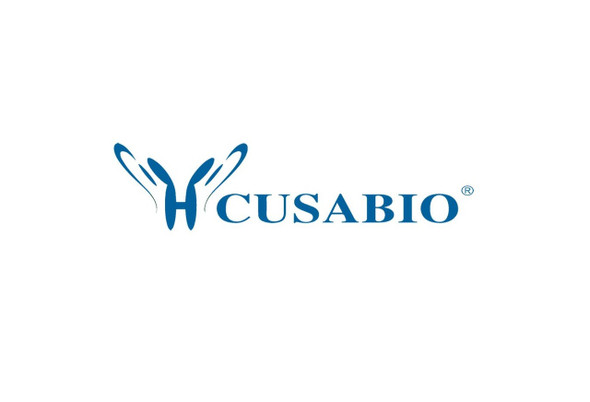Cusabio Mouse Recombinants
Recombinant Mouse Group 10 secretory phospholipase A2 (Pla2g10) | CSB-EP882554MO
- SKU:
- CSB-EP882554MO
- Availability:
- 3 - 7 Working Days
Description
Recombinant Mouse Group 10 secretory phospholipase A2 (Pla2g10) | CSB-EP882554MO | Cusabio
Alternative Name(s): Group X secretory phospholipase A2 (GX sPLA2) (sPLA2-X) (Phosphatidylcholine 2-acylhydrolase 10)
Gene Names: Pla2g10
Research Areas: Metabolism
Organism: Mus musculus (Mouse)
AA Sequence: GLLELAGTLDCVGPRSPMAYMNYGCYCGLGGHGEPRDAIDWCCYHHDCCYSRAQDAGCSPKLDRYPWKCMDHHILCGPAENKCQELLCRCDEELAYCLAGTEYHLKYLFFPSILCEKDSPKCN
Source: E.coli
Tag Info: N-terminal 10xHis-tagged and C-terminal Myc-tagged
Expression Region: 29-151aa
Sequence Info: Full Length of Mature Protein
MW: 21.3 kDa
Purity: Greater than 85% as determined by SDS-PAGE.
Relevance:
Reference:
Storage: The shelf life is related to many factors, storage state, buffer ingredients, storage temperature and the stability of the protein itself. Generally, the shelf life of liquid form is 6 months at -20?/-80?. The shelf life of lyophilized form is 12 months at -20?/-80?.
Notes: Repeated freezing and thawing is not recommended. Store working aliquots at 4? for up to one week.
Function:
Involvement in disease:
Subcellular Location:
Protein Families:
Tissue Specificity:
Paythway:
Form: Liquid or Lyophilized powder
Buffer: If the delivery form is liquid, the default storage buffer is Tris/PBS-based buffer, 5%-50% glycerol. If the delivery form is lyophilized powder, the buffer before lyophilization is Tris/PBS-based buffer, 6% Trehalose, pH 8.0.
Reconstitution: We recommend that this vial be briefly centrifuged prior to opening to bring the contents to the bottom. Please reconstitute protein in deionized sterile water to a concentration of 0.1-1.0 mg/mL.We recommend to add 5-50% of glycerol (final concentration) and aliquot for long-term storage at -20?/-80?. Our default final concentration of glycerol is 50%. Customers could use it as reference.
Uniprot ID: Q9QXX3
HGNC Database Link: N/A
UniGene Database Link: N/A
KEGG Database Link: N/A
STRING Database Link: N/A
OMIM Database Link: N/A









